Tom Piazza will be at the Eudora Welty House TONIGHT at 5:00 to sign and read from “A Free State”.
By Jim Ewing. Special to The Clarion-Ledger
 Tom Piazza’s “Free State” offers a fascinating study on the nature of freedom in the guise of a thought-provoking novel.
Tom Piazza’s “Free State” offers a fascinating study on the nature of freedom in the guise of a thought-provoking novel.
Set in the years before the Civil War, “Free State” focuses on the chance coming together of a black man, who calls himself Henry Sims, and a white man, who calls himself James Douglass. Both are assumed names by characters seeking freedom and a new identity from the lives they were born into and their grim pasts.
Douglass is of Irish descent, the youngest son of a Pennsylvania farmer who chafed under the grueling chores of farm life and the physical abuse of his father and older brothers. He seeks freedom by joining a traveling circus and becomes enthralled by the burgeoning fad of minstrelsy — traveling troupes of musicians who adopt a grotesque rendition of Old South plantation life by performing in black face, or covering their faces with burnt cork. He rises in his musical ability and forms his own minstrel group in Philadelphia, Penn., a free state, which in America, it turns out, is not so free.
But it’s all theater, a masquerade, set for public consumption amidst an imagined tapestry of faux aristocratic plantation owners bemused by the “jollity” of enslaved blacks happily entertaining for their masters. Only the beauty of the music is real.
Why minstrelsy? “The practice of ‘blacking up’ had spread … to feed a hunger that had gone unrecognized until then,” Douglass reminisces. “ In it, we — everyone, it seemed— encountered a freedom that could be found there and there only. As if day-to-day life were a dull slog under gray skies, and the minstrels launched one into the empyrean blue.”
“When I first heard the minstrels,” he recalls, “…I felt as if I had been freed from a life of oppressive servitude.”
Thus, a white man finds freedom by impersonating a black slave.
Douglass’ façade meets horrific reality when he meets Sims, a runaway slave from Virginia, seeking to escape his master father and a slave hunter, Tull Burton, he has hired to track him down. Burton is evil incarnate, a fascinating study of the devil in human flesh, who delights in the torture of those he seeks. Like the society that imposes slavery and inequality even under the guise of democracy and commitment to human freedom, he is unrelenting and devoted to his cause of using the law to brutally enforce the codes of human bondage.
The story itself is absorbing as Douglass and Sims forge a tenuous bond and adopt a rational solution to both of their problems. Sims and Douglass attempt to pursue their love of music while supporting themselves in a world that twists notions of life and livelihood along the lines of race.
Their solution — for Sims, a black man, to assume black face in order to evade laws barring black people from public performance — exposes the theater of the absurd that was the antebellum South. In it, a white man could find freedom only by pretending to black; a black man could only find freedom by masking that he was black by pretending to be black.
The truth of this preposterous state of “freedom” finds echoes today as American society still struggles with issues of race and equality. The true face behind the mask is that the world limits freedom and equality no matter how devoted and pure one’s intention and desires may be, and that we all play out our roles in often absurd conditions to pursue a free state.
It’s an absorbing tale and a parable that exposes the incongruities of living in a democracy still colored by inequality.
Jim Ewing, a former writer and editor at The Clarion-Ledger, is the author of seven books including Redefining Manhood: A Guide for Men and Those Who Love Them, now in bookstores.
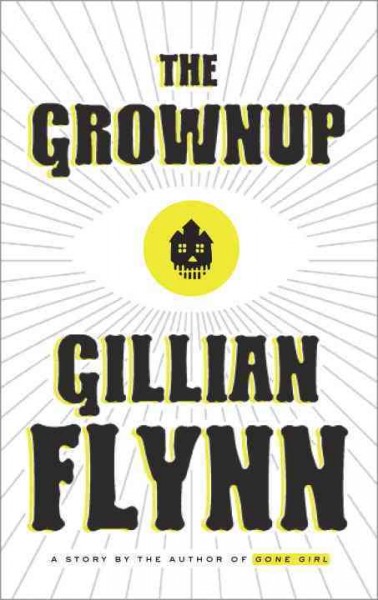 Because it’s the week before Christmas, and Christmas is a crazy time around Lemuria, I’m going to keep this blog short and sweet; just like Gillian Flynn’s new 62 page book, The Grownup. (Okay, maybe there’s not a lot of “sweet” to this book, but you get where I’m going with this). Plus, if you’re as busy as we are at the moment and you know you don’t have a ton of time for reading, you can knock this book out in an hour.
Because it’s the week before Christmas, and Christmas is a crazy time around Lemuria, I’m going to keep this blog short and sweet; just like Gillian Flynn’s new 62 page book, The Grownup. (Okay, maybe there’s not a lot of “sweet” to this book, but you get where I’m going with this). Plus, if you’re as busy as we are at the moment and you know you don’t have a ton of time for reading, you can knock this book out in an hour.

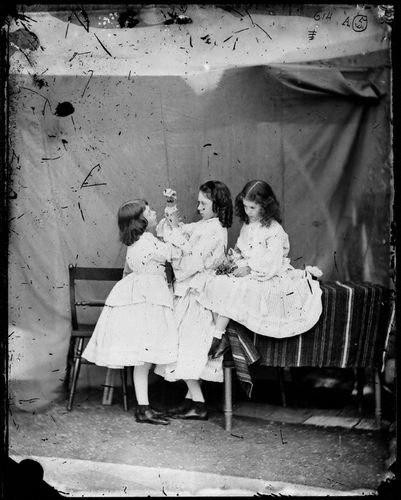

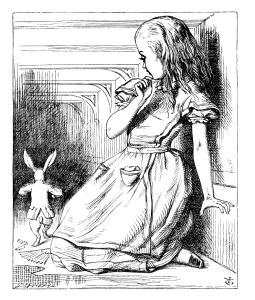
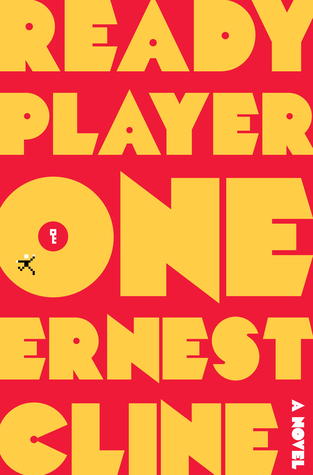


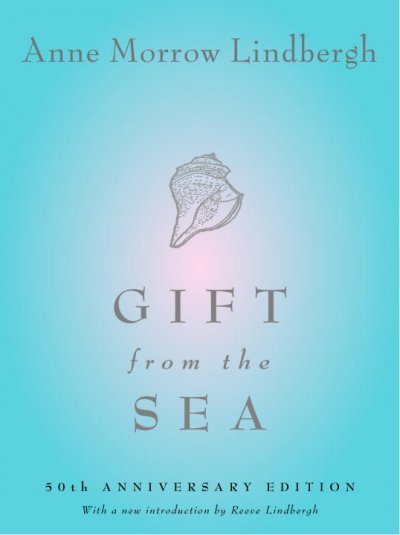

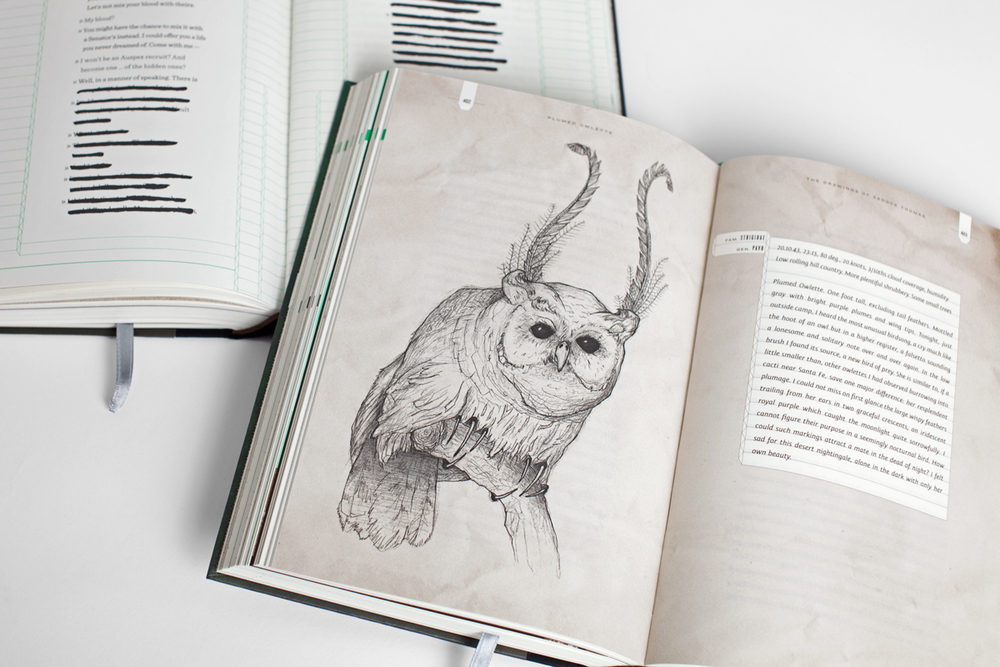
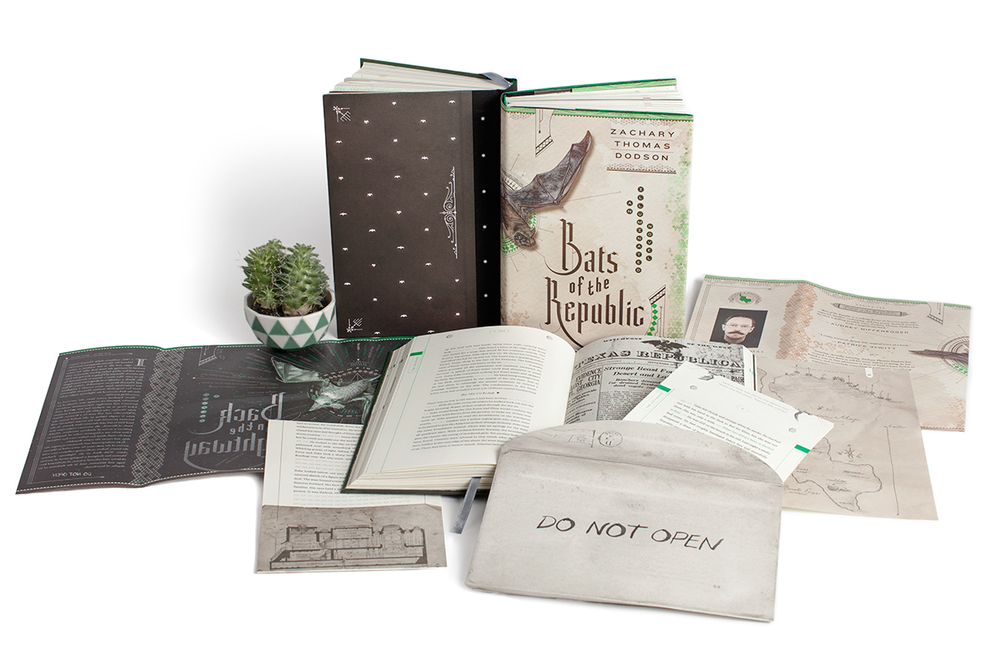



 At the time “Love in the Time of Cholera” was published in the United States in 1988, García Márquez could not tour in the United States because of the government travel ban, so Random House mailed the sheets to García Márquez for him to sign. The sheets were bound into a beautiful limited edition of 350 copies with pink cloth over black cloth boards with a black lace patterned acetate jacket, housed in a yellow slipcase with a black lace pattern.
At the time “Love in the Time of Cholera” was published in the United States in 1988, García Márquez could not tour in the United States because of the government travel ban, so Random House mailed the sheets to García Márquez for him to sign. The sheets were bound into a beautiful limited edition of 350 copies with pink cloth over black cloth boards with a black lace patterned acetate jacket, housed in a yellow slipcase with a black lace pattern.

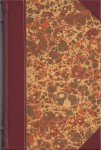

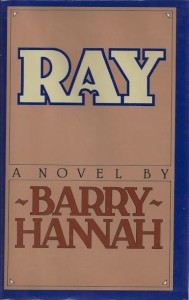 This fragment of “Ray” also differs from the complete version of “Ray” published by Knopf in 1980 as pages 12-26. The publication of Gorgas Oak’s “Neighborhood” provides a rare opportunity to compare an early draft of a literary text with its final form.
This fragment of “Ray” also differs from the complete version of “Ray” published by Knopf in 1980 as pages 12-26. The publication of Gorgas Oak’s “Neighborhood” provides a rare opportunity to compare an early draft of a literary text with its final form.